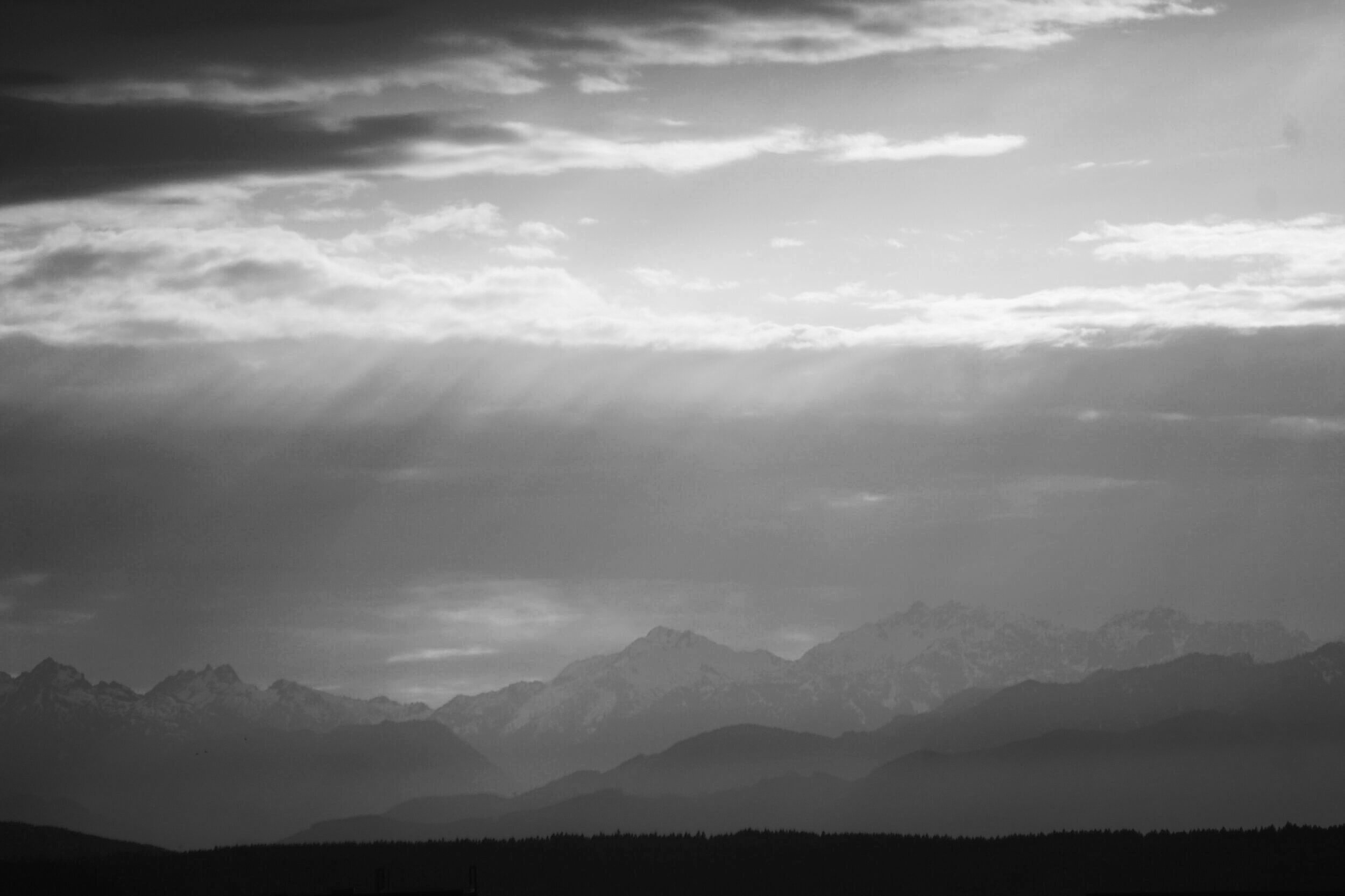
OUR HISTORY
Seattle and the Pacific Northwest - from the time of the first black-owned architecture firm of Ben McAdoo to Leon Bridges to Mel Streeter to Donald King, FAIA - has been home to some of the most talented minority architects in the region. The region still, however, lacked a central resource that connected these professional spaces.
In 2008, a group of design professionals convened to discuss the absence of this vital professional resource. Members consisted of Angela Khosa, Christina Pizana, Kai White, Krishna Bharathi, Guido Seones-Perla, Donald King, FAIA, Henry Hardnett, FAIA, Rico Quirindongo, Sandra Farris Bertoglio, Dalton Gittens, and Sam Cameron. One of the central topics of this meeting was the lack of diversity and connection to resources for minorities in the Pacific Northwest. After assessing the need for an organization that could fill this void, the group found that NOMA’s mission aligned most closely with what they valued: support for greater diversity, visibility, design recognition, and industry access. Since California SoCAL and SF NOMA were the only west coast NOMA affiliates that existed at the time, the group decided to create their own NOMA chapter in the Pacific Northwest. Thus, NOMA Northwest was formed.
In addition to advocating for greater workplace diversity among the Architect, Engineering, and Construction professional community, NOMA NW also invests in empowering marginalized populations and helping minorities of all ages explore career opportunities in the built environment. Our Chapter members work with volunteers to introduce underrepresented youth - grades K-12 and higher education - to the infinite potential of architecture and the built environment to empower and support people and communities. These youth initiatives help expose students to hands-on design and critical thinking in ways that they otherwise may never gain exposure to--opening up doors to potential career paths in architecture. NOMA NW continues to provide support - to professionals, students, and the community - through annual programs and initiatives like career talks, round-table discussions, organized youth activities, architecture camps, and partnering with community leaders and other industry allies.
